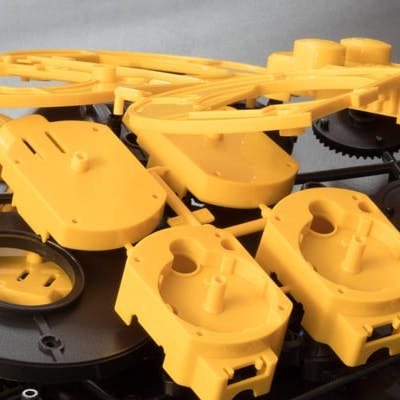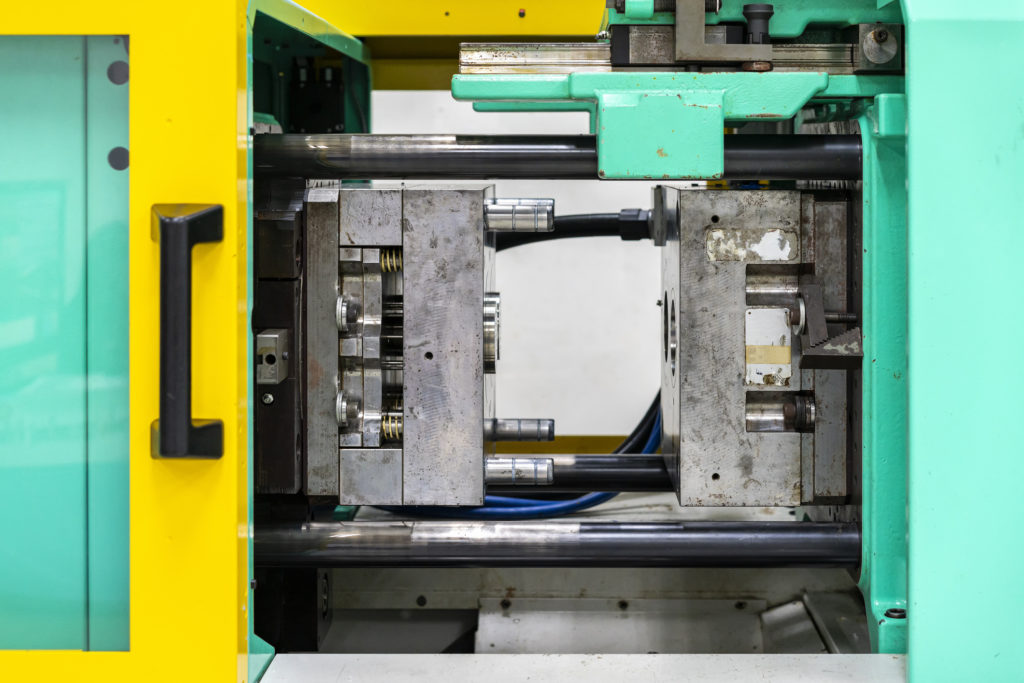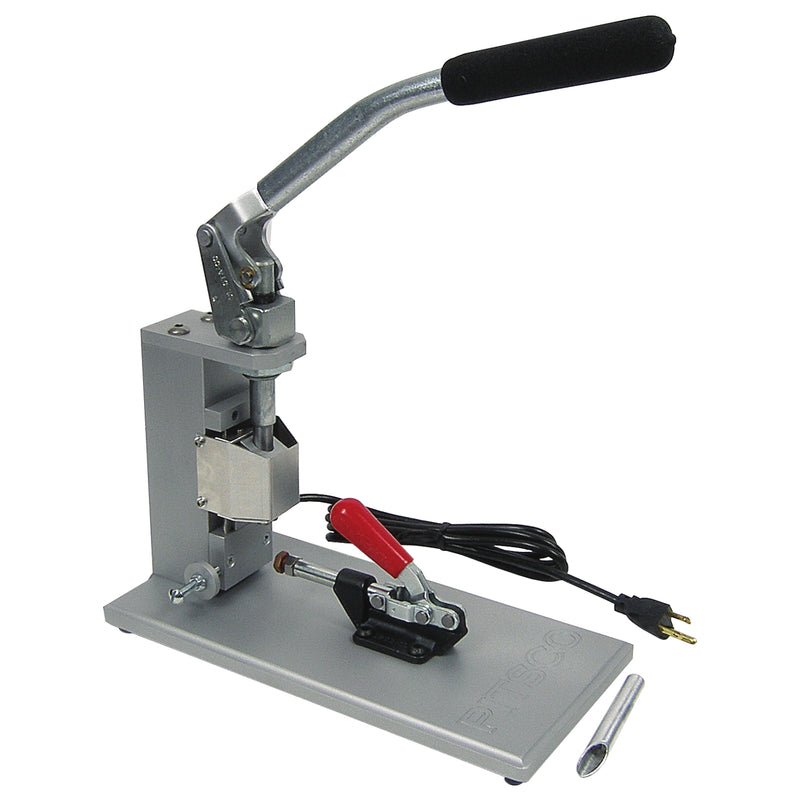The Future of Plastic Injection Molding: Advancements and patterns to View
As the plastic shot molding market develops, a number of essential fads are arising that assurance to improve its landscape. Automation and wise manufacturing methods are readied to improve performance, while the change in the direction of sustainable products reflects an expanding environmental consciousness. Additionally, improvements in 3D printing are leading the way for unmatched layout flexibility. These developments additionally bring forth challenges that require careful factor to consider. Comprehending exactly how these components will certainly connect and affect future techniques is critical for stakeholders looking to navigate this transformative period successfully.
Automation and Smart Production
As the plastic shot molding industry evolves, automation and clever production are taking center phase, transforming manufacturing processes - Plastic Injection Molding. The integration of sophisticated modern technologies such as robotics, IoT (Internet of Things), and fabricated intelligence is making it possible for makers to enhance performance, lower operational expenses, and improve product high quality. Automated systems improve process, minimizing hand-operated intervention and raising throughput, which is crucial in meeting the rising need for rapid manufacturing cycles
Smart making modern technologies facilitate real-time tracking and information analysis, permitting companies to maximize device performance and forecast maintenance demands. This aggressive approach not just lessens downtime yet also expands the lifespan of tools. Furthermore, the use of collaborative robots, or cobots, enhances the flexibility of assembly line, allowing employees and makers to run side-by-side safely and efficiently.
The fostering of automation in plastic shot molding is not just a fad yet a tactical important for services intending to continue to be affordable in a global market. By utilizing these technologies, manufacturers can achieve greater accuracy, reduce waste, and adjust swiftly to transforming consumer needs, placing themselves for sustainable growth in an increasingly automatic future.
Sustainable Materials and Practices
The push towards automation and smart manufacturing has actually led the way for a better emphasis on lasting materials and methods within the plastic shot molding sector. Business are significantly looking for eco-friendly choices to standard petroleum-based plastics, leading to the adoption of recycled and bio-based materials. These sustainable products not just reduce environmental impact but also line up with customer need for greener items.

Furthermore, partnership in between makers, material vendors, and environmental companies is promoting advancement in the development of lasting materials that fulfill performance standards without compromising top quality. As guidelines around plastic use end up being more stringent, the sector is positioned to adapt by welcoming these lasting techniques, making certain long-lasting practicality and lowering dependence on non-renewable sources. The integration of sustainability into plastic shot molding is not just a pattern; it is becoming a crucial element of corporate responsibility and functional quality.
Developments in 3D Printing
Recent developments in 3D printing innovation are dramatically changing the image source landscape of plastic shot molding. Impossible or as soon as difficult to attain via conventional techniques, the integration of additive manufacturing processes permits for the quick prototyping of complicated geometries that were. This capacity not just increases product advancement cycles however also reduces product waste, aligning with the expanding demand for sustainable manufacturing practices
Moreover, the appearance of crossbreed production methods, which incorporate 3D printing and injection molding, uses suppliers the capability to create intricate layouts while maintaining the effectiveness of mass manufacturing. Look At This This method enables the production of personalized parts customized to particular client demands without sacrificing the speed and scalability that injection molding offers.
Furthermore, innovations in materials, such as high-performance polymers and compounds especially made for 3D printing, are boosting the practical capacities of published parts. These products can stand up to better tension and show boosted thermal buildings, making them ideal for more requiring applications.
As 3D printing remains to develop, its assimilation into plastic injection molding procedures guarantees to improve productivity, minimize prices, and foster technology in product style, placing suppliers to better satisfy the difficulties of a competitive market.
Data Analytics and IoT Combination
Data analytics and the assimilation of the Internet of Points (IoT) are transforming plastic injection molding by providing makers with extraordinary understandings right into their procedures. By leveraging real-time data gathered from interconnected makers and sensing units, suppliers can keep an eye on efficiency metrics, recognize ineffectiveness, and optimize production procedures. This data-driven method facilitates anticipating upkeep, decreasing downtime and expanding tools life-span.
Additionally, IoT integration enables boosted quality assurance. By continually tracking variables such as pressure, cycle, and temperature level times, manufacturers can swiftly discover discrepancies from established criteria and make adjustments in real time. This not only improves item uniformity yet likewise lowers waste and scrap prices.
The combination of data analytics and IoT modern technologies likewise empowers producers to embrace more dexterous manufacturing approaches. With access to comprehensive information analytics, companies can react to market needs with better flexibility, readjusting manufacturing timetables and arrangements as needed. This adaptability is vital in a quickly transforming manufacturing landscape.

Customization and Design Adaptability
Just how can customization and style adaptability enhance the competitiveness of plastic injection molding? Customization allows producers to satisfy certain customer requirements, fitting special measurements, shapes, and performances that common products might not satisfy.
Improvements in style modern technologies, such as computer-aided layout (CAD) and rapid prototyping, further boost this trend. These devices enable developers to create detailed patterns and complicated geometries, which can be flawlessly integrated right into the production procedure. As a result, makers can react quickly to transforming consumer choices and market needs.
Furthermore, the execution of modular tooling systems enhances style adaptability, enabling quicker adjustments in between different item layouts without comprehensive downtime. This versatility can lead to decreased preparations and reduced production costs, making business extra agile and competitive. Ultimately, accepting personalization and layout flexibility in plastic injection molding not only raises item offerings yet also strengthens market positioning in an ever-evolving landscape.
Final Thought
The future of plastic shot molding is defined by considerable developments in automation, sustainable practices, and cutting-edge products. Personalization with modular tooling and rapid prototyping navigate to these guys will make it possible for makers to stay competitive and receptive to the dynamic needs of the market.

The future of plastic shot molding is identified by significant developments in automation, sustainable methods, and cutting-edge products.